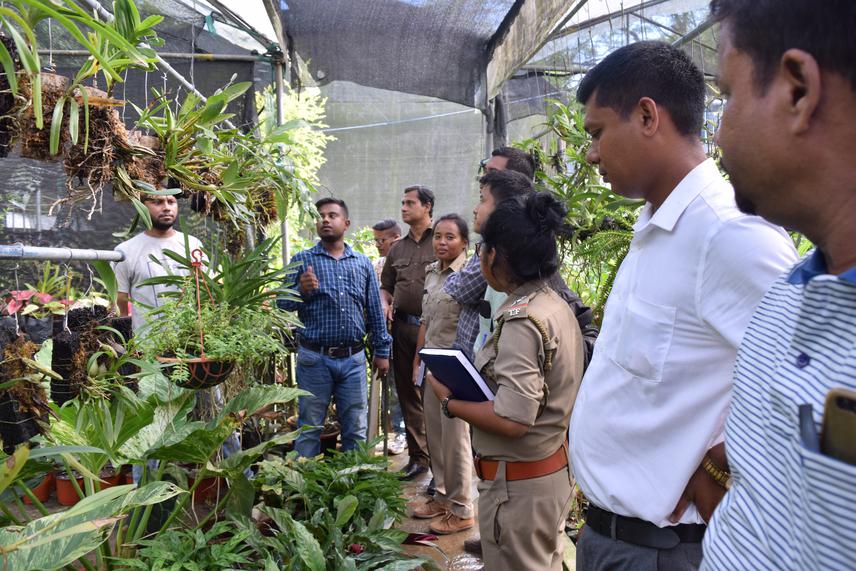Arjun Adit
Constituting around 9% of flora, Orchidaceae is the largest family of flowering plants in India. North-East India (including Tripura), owing to its peculiar geographical gradient and varied climatic conditions, represents the largest group of temperate and sub-tropical orchids. Tripura is located between the Indo-Malayan and Indo-Chinese biological realms and stands at the gateway to floral and faunal confluence. We aim to conduct the first dedicated orchid survey of Tripura and suggest strategies for their conservation to the Forest Department of Tripura. The study will yield a baseline data necessary for effective conservation of the geographically restricted orchid species in the region.

Floristic studies are crucial not only for identification and correct nomenclature of plants but also for compiling an inventory so that a realistic assessment of endemism is made, and regions are appropriately identified for conservation. Development of a checklist, providing updates on the current taxonomic status and nomenclature, is important for adequate implementation of CITES. These are also helpful in understanding the geographical patterns of species occurrence. As the orchids are of considerable economic importance, especially in horticulture floristry, and in the pharmaceutical and fragrance industries, they are likely to be overexploited. Ascertaining the mosaics of orchid diversity will aid in conservation of their natural habitats.
Every year, approximately 10 new species of Orchidaceae are discovered from India. It is highly probable that the unexplored geography of Tripura may yield the same. Tripura is the last remaining among the seven north-eastern sister states of India where an orchid survey has not been conducted. The data generated by our work will conclude the bio-inventory of orchids in the region and will help in the fair assessment of the flora of the state. The survey will help in identification of sites for in-situ and ex-situ conservation of the orchid species. So far there is lack of a comprehensive study on orchids and their diversity in the region and a detailed survey has become an essential pre-requisite. The proposed work will also create awareness among the local people.